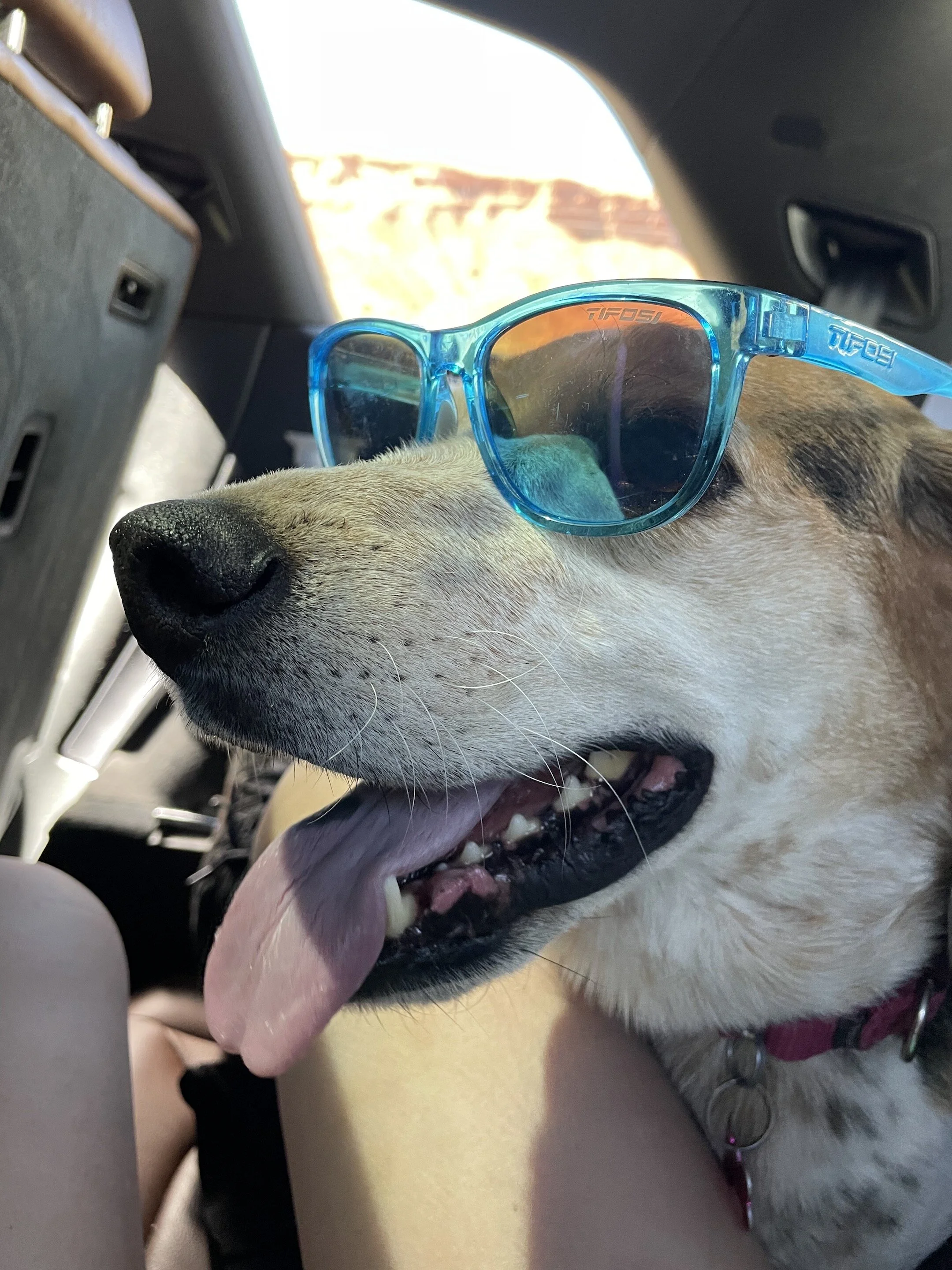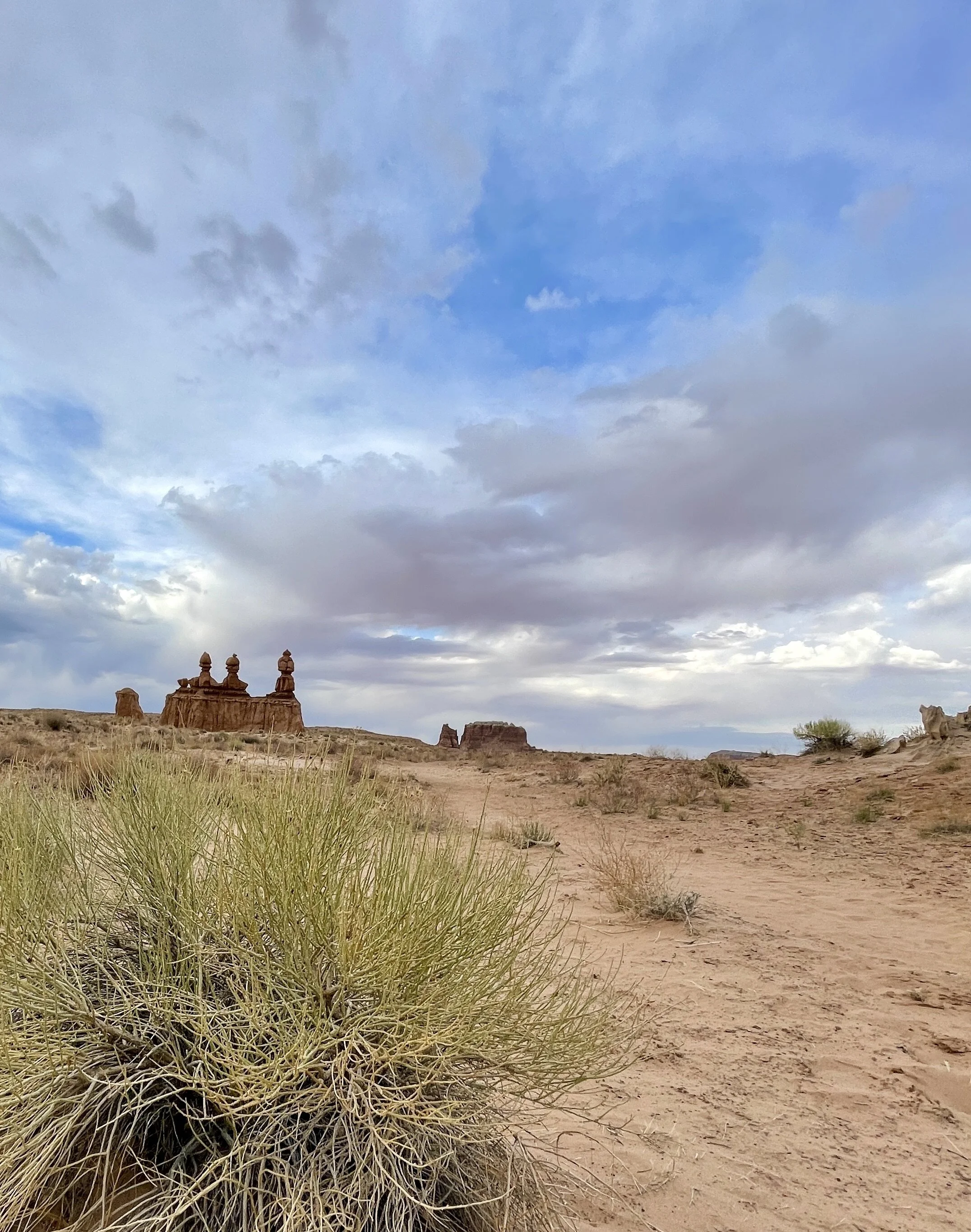Capitol Reef National Park
Our fourth National Park visit of the trip was a quick pass through Capitol Reef National Park as we headed west across Utah. It’s the least known of the five National Parks in Utah and we weren’t sure exactly what to expect. It preserves a 100 mile waterpocket fold, a vulnerable spot in the earth’s crust that was pushed up, with just one steep side, somewhere around 50 million years ago. As a result, it’s possible to see 19 layers of geological history in the walls of the fold.
The name Capitol Reef comes from the domed peaks that some say look like the Capitol Building in Washington DC, along with the high rock walls that resemble a coral reef. I found this naming convention a little bit dubious, to be honest, as I was not reminded of buildings or reefs while exploring the park.
We took a recommended scenic drive and did just enough hiking to justify checking it off our “Finkels were here” list.
There were two particularly unique experiences in our Capitol Reef visit. First, we visited a set of petroglyphs thought to be more than 1000 years old. The variety of images is surprising, and we had fun trying to spot them all in the rocks.
The second surprise was that the park contains a variety of fruit orchards planted by Mormon settlers in the 1800’s and to commemorate this piece of the park’s history you can buy pie and ice cream during your visit. We had strawberry rhubarb and it was delicious.
Following our visit, we set off to reach a small town in Utah called Cannonville where we will spend the next several days.
After a long day of driving and exploring, we arrived at camp to discover an oatmeal canister had fallen out of the pantry and tipped its contents all over the camper. Clearly, this is one of the bummers you need to face when you move your house all the time.









